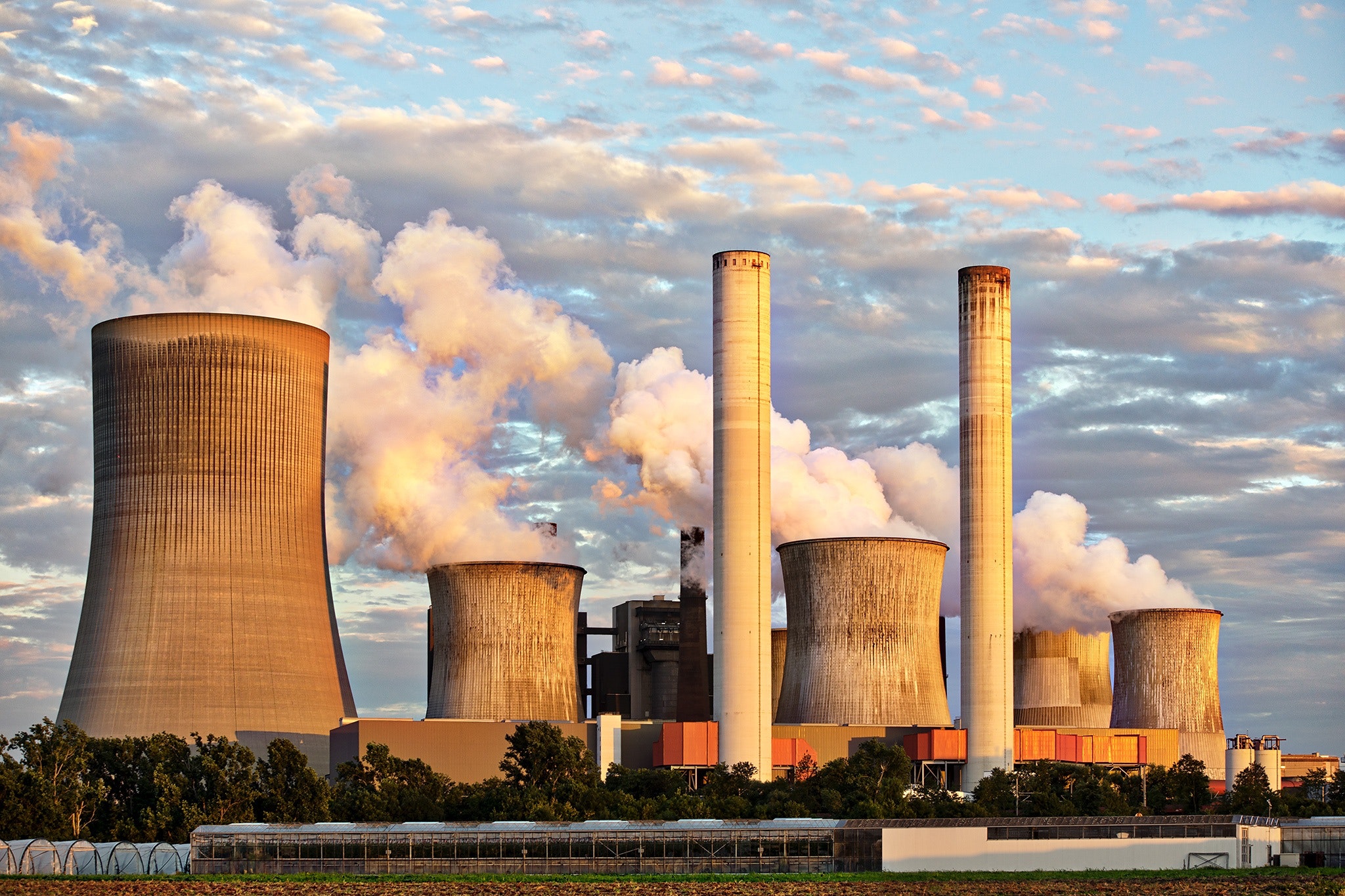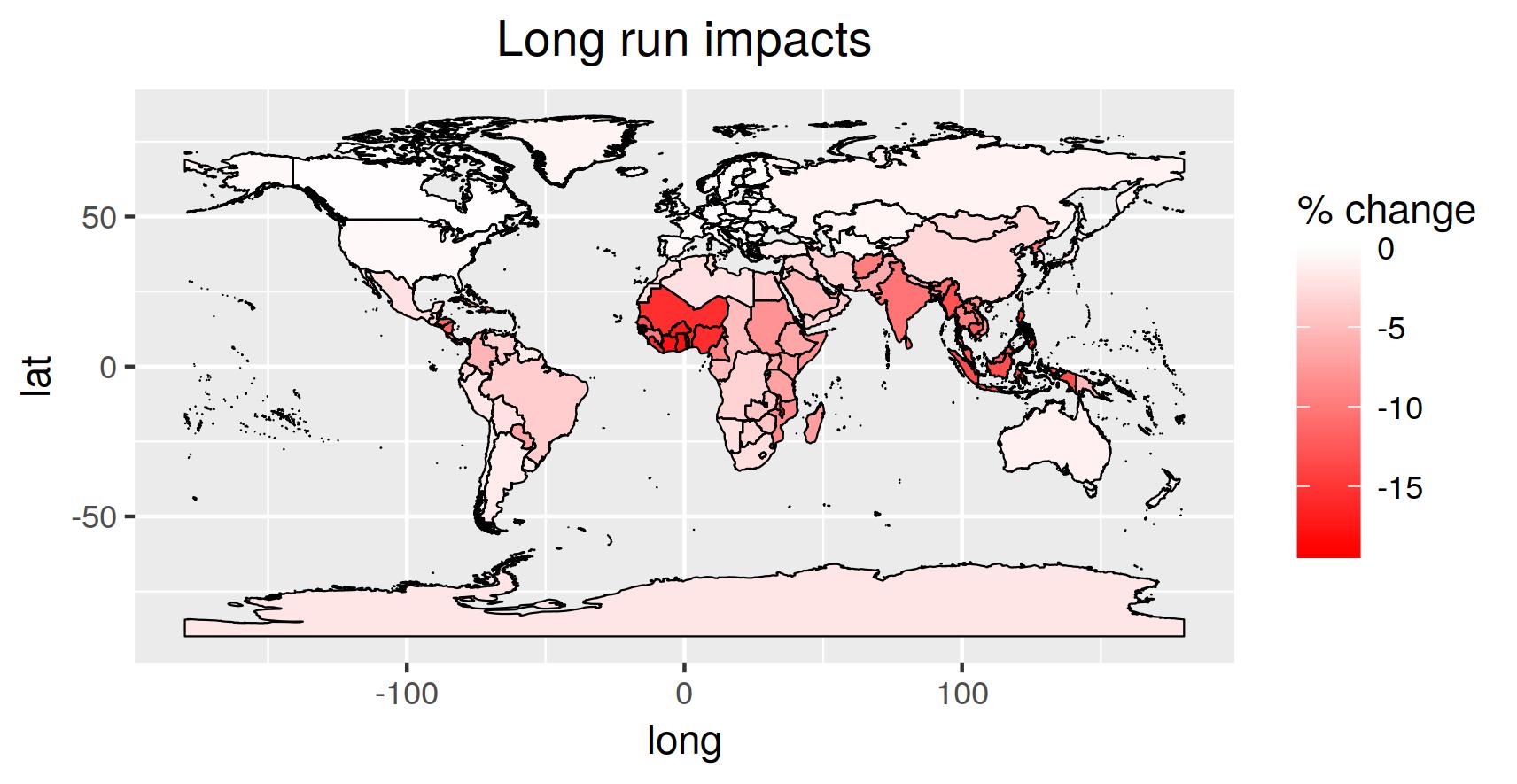
Sciences & Technology
The sleepy lizard awakens new tools for climate change research

New economic modelling shows a US$23 trillion loss in global GDP, with the economies of many countries collapsing, if we allow global temperatures to rise by 4 degrees by 2100
Published 15 August 2018
Imagine something similar to the Great Depression of 1929 hitting the world, but this time it never ends.
Economic modelling suggests this is the reality facing us if we continue emitting greenhouse gases and allowing temperatures to rise unabated.

Economists have largely underestimated the global economic damages from climate change, partly as a result of averaging these effects across countries and regions, but also because the likely behaviour of producers and consumers in a climate change future isn’t usually taken into consideration in climate modelling.

Sciences & Technology
The sleepy lizard awakens new tools for climate change research
In a recent work published in Earth’s Future, an open access journal of the American Geophysical Union, colleagues at the University of Melbourne, Australia National University, CSIRO and I developed a large dimensional global trade model to better account for various effects of global warming on national incomes for 139 countries.
This is the first large dimensional model that captures damages for each country from climate change, allowing for a measure of extremes, without averaging, along with forward-looking behaviour.
It is a conservative model, in that it only accounts for some of the impacts of climate change – loss in agricultural productivity, sea level changes, human health and productivity effects. It doesn’t account for losses from extreme weather events or the increased frequency of fire damage.
The good news is that our model shows considerable global economic gains from complying with the Paris Climate Accord, which sets a goal of limiting global temperature increases this century to below 2 degrees Celsius.

However, based on current emissions, climate models range in their predictions from a 3.2 degrees Celsius increase in global temperatures to a 5.9 degrees Celsius increase. A recent study published in Nature indicates a 93 per cent chance that temperatures will exceed 4 degrees Celsius of warming with ‘business at usual’.
We examine both the 4 degrees Celsius and 3 degrees Celsius scenarios, compared to the 2 degrees Celsius case.
The estimated damages from not complying with the Paris Accord are severe. At 4 degrees Celsius of global warming, for example, the losses in income to the global economy are over US$23 trillion per year, or the equivalent in economic damage of three or four 2008 Global Financial Crises each year.

These damages represent roughly one-third of current global GDP and about 7 per cent or more of projected GDP in 2100.
At 3 degrees Celsius, the losses are over US$9.5 trillion.

Sciences & Technology
Key greenhouse gases higher than any time over last 800,000 years
Our work underscores the benefits of complying with the Paris Climate Accord. For example, relative to a temperature increase of 4 degrees Celsius, the global gains from complying with the 2-degree target are over US$17 trillion per year in the long run, while the global gains at keeping global temperature rises to 3 degrees Celsius are still nearly US$4 trillion per year.
It is often stated that poorer countries are the ones most impacted by climate change, and our model underscores this point. Countries in South Asia, Southeast Asia and Africa are severely impacted at all temperature increases. The losses in GDP are dramatic.
Losses, for example, at 4 degrees Celsius, for Cambodia, Sri Lanka, and Nicaragua are over 17 per cent, for Indonesia 19 per cent, for India 14 per cent, Thailand 17 per cent, Singapore 16 per cent, and the Philippines 20 per cent. For much of Africa the losses range from 18 to over 26 per cent of GDP.
These results emphasise the equity problem that goes with these effects – many countries that are major per capita greenhouse gas emitters are the ones less impacted by climate change.
Global losses of this size are comparable to the Great Depression of the 1930s, with its global fall in GDP of 15 per cent, except these will occur year after year, with no way for effective redress.

This raises another concern. The severe falls in GDP in the long term will put many governments under fiscal stress, since tax revenues are tied to GDP or national income levels. Tax revenues will fall dramatically.
In addition, if global warming is linked to increases in the frequency of weather events and other natural disasters, which invoke significant emergency management responses and expenditures, the pressure on government budgets will be even more severe.

Sciences & Technology
Global warming could accelerate towards 1.5℃ if the Pacific Ocean gets cranky
Many governments around the global won’t be able to cope and will, to put it simply, fail.
It’s worth noting that damages in this modelling for Australia are relatively mild compared to much of the rest of the world, but even here they are significant.
Without significant weather effects included in the modelling, and at 4 degrees Celsius global warming, damages per person in Australia are projected to be US$4,886, or roughly US$13,945 per household, per year, every year.
We are now extending this work to account for increases in the frequency and severity of weather events induced by climate change. Early results for the effects of tropical storms alone indicate that global economic damages increase significantly, at all temperature ranges, and more than double the more than US$23trillion in global economic damages at 4 degrees Celsius found in the current paper.
Banner image: Jack Sem/Flickr